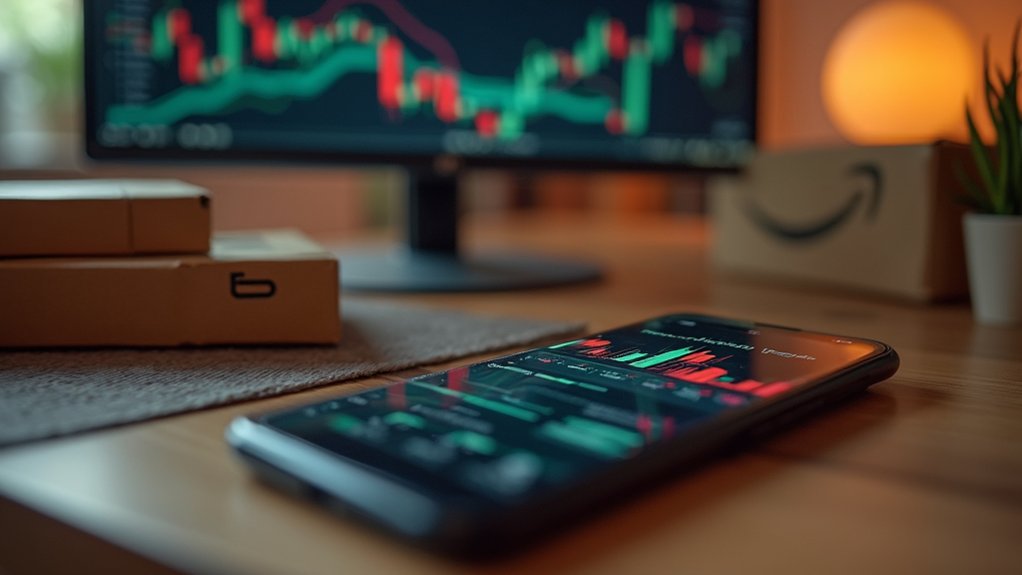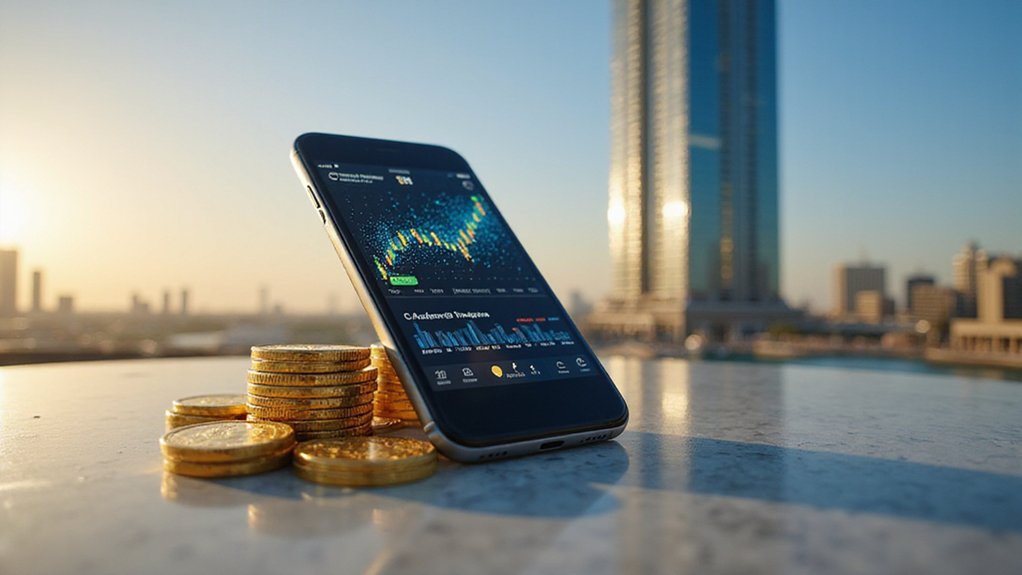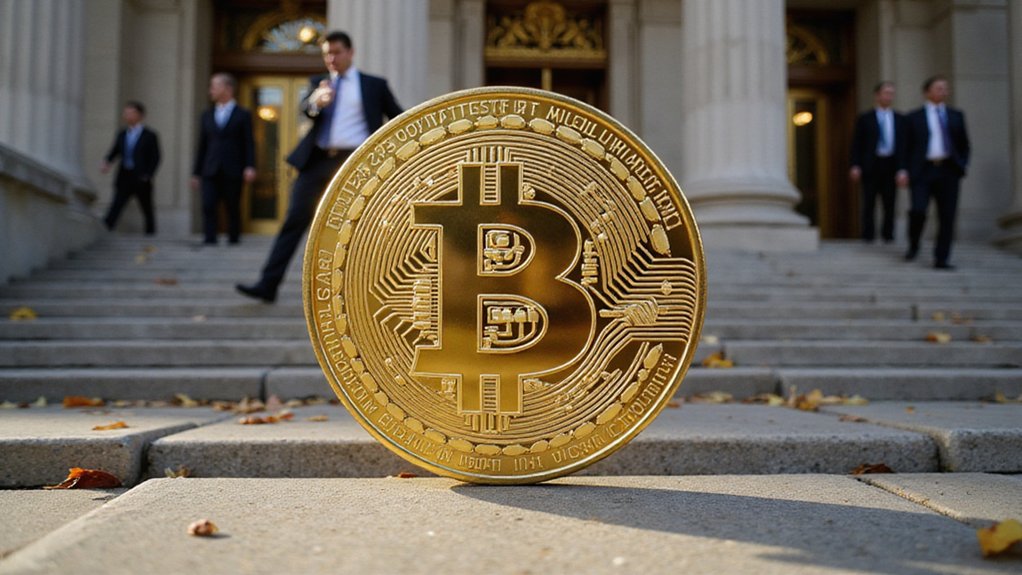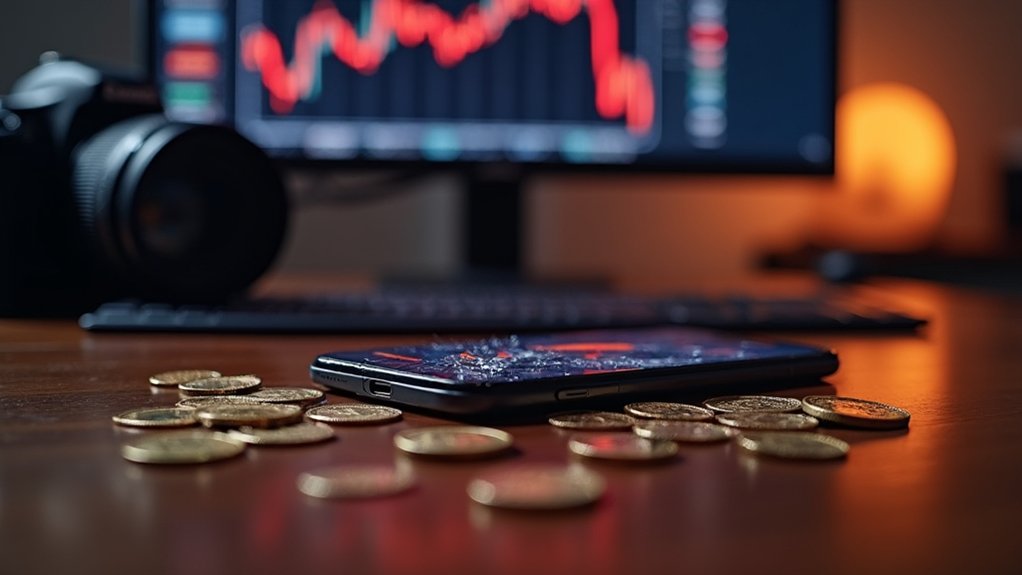While traditional stock trading once required maneuvering the labyrinthine corridors of established brokerages, the convergence of blockchain technology and tokenized securities has birthed an entirely new paradigm—one where investors can trade fractional shares of Amazon through cryptocurrency platforms with the same ease as swapping digital coins.
Platforms like Phemex, KuCoin, and Dzengi.com now offer Amazon tokenized stock (AMZNX), typically built on Solana’s SPL or Ethereum’s ERC-20 standards, backed by regulated institutions holding underlying shares. This innovation promises global accessibility, allowing investors to purchase fractions of Amazon stock with as little as $1 while integrating seamlessly with DeFi protocols—a democratization of equity markets that would have seemed fantastical a decade ago.
Yet beneath this technological marvel lurks a sobering reality: price volatility that can reach staggering proportions. Tokenized Amazon shares may differ from their traditional counterparts by up to 300%, creating arbitrage opportunities that would make Renaissance Technologies weep with envy—or frustration, depending on which side of the trade they find themselves. The extreme price fluctuations mirror the risks found in perpetual contracts, where leverage amplifies minor price movements and can lead to significant losses.
The benefits extend beyond mere accessibility. Real-time trading via blockchain technology enables continuous market participation, while leverage options up to 1:20 cater to those with sufficient risk tolerance (or questionable judgment). Unlike traditional stock markets with fixed operating hours, AMZNX offers 24/7 trading capabilities that allow investors to respond to global events instantaneously.
Portfolio diversification becomes effortless when crypto and traditional assets merge within a single interface, though one might question whether this convenience outweighs the inherent complexities.
However, the risks demand serious consideration. Beyond dramatic price discrepancies, traders navigate largely unregulated territory where fractional ownership may not convey full shareholder rights—a detail that might prove inconvenient when voting on executive compensation packages.
Security concerns persist, from blockchain vulnerabilities to outright scams targeting unwary investors. When choosing where to trade, investors must prioritize centralized exchanges that maintain strict security measures and proper regulatory compliance.
The regulatory landscape remains fragmented, with platforms operating under varying frameworks worldwide. While KYC requirements and DLT licenses provide some oversight, the absence of thorough regulation creates an environment where caveat emptor reigns supreme.
For those contemplating this brave new world of tokenized trading, the promise of innovation must be weighed against the potential for substantial losses. After all, when prices can fluctuate by 300%, even the most sophisticated risk management strategies may prove insufficient against market forces that defy conventional logic.









